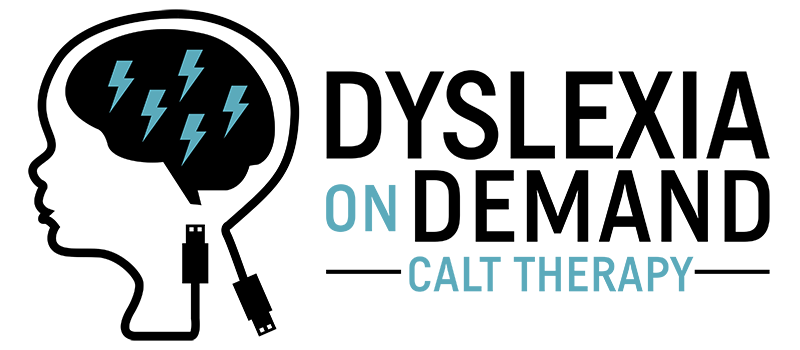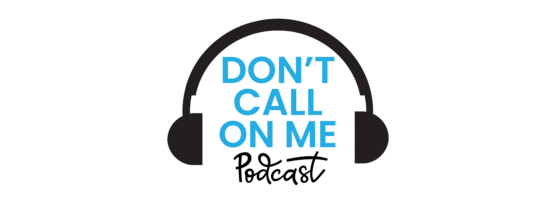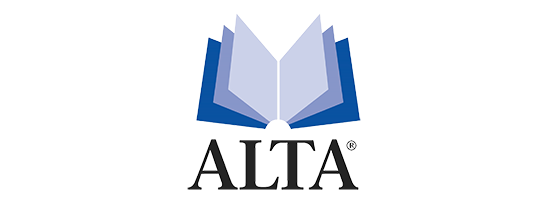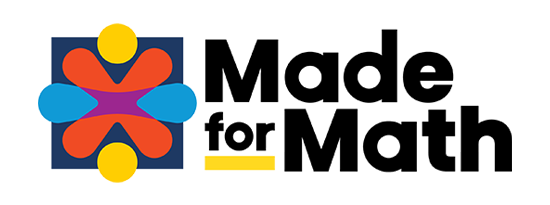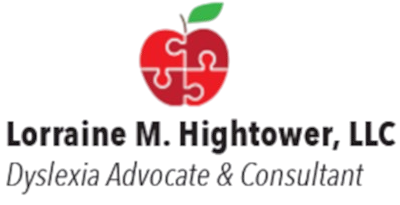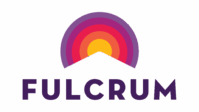
What Does It Take To Be a Dyslexia Specialist
When a student is dealing with dyslexia, it’s common for parents to have questions about treatment for dyslexic students. Parents often wonder if dyslexia affects only reading (no), or if students with dyslexia will be able to learn to read (yes!). One of the most common questions parents tend to ask about students with dyslexia: Can dyslexia be cured? Dyslexia is not the kind of learning disability that has a cure, but there are many approaches available to change the language processing abilities of a child, resulting in better skills, more confidence and a more fulfilling life.
Parents can have a great impact on the experience of their children with dyslexia. Classroom teachers also have the potential to truly impact a dyslexic student’s learning experience. However, some of the most integral people in the lives of students with dyslexia are dyslexia specialists. There are many different approaches to working with students with dyslexia. Read on to learn more about what it takes to be a dyslexia specialist.
The path to becoming a dyslexia specialist:
Study hard. Usually, the first step to becoming a dyslexia specialist starts with an interest in the topic or a desire to work with students who have learning disabilities. A future dyslexia specialist should earn a bachelor’s degree, ideally in a field such as education or speech and language pathology. Those who aspire to the pinnacle of dyslexia therapy, a Certified Academic Language Therapist, must have a masters degree as well.
Get familiar with structured literacy: Structured literacy is evidence-based instruction that focuses on the structure of language. It includes emphasis on specific aspects of language—phonology, orthography, morphology, syntax, semantics, and discourse—which are essential to effective instruction.
More education and certification. Often, dyslexia specialists pursue graduate studies in education or a similar field that focuses on learning disabilities and dyslexia. Although there are a handful of certifying avenues, all of which are challenging, the one with the most stringent requirements and highest standards is the Academic Language Therapy Association.
Training and experience: Getting specialized training in dyslexia education through dyslexia specific training facilities or universities is a great path to follow. Perhaps the most invaluable part of dyslexia training is hands-on experience working with dyslexic students. Practitioners and therapists go through a supervised practicum as well.
Never stop learning. Because up-to-date research is so valuable to dyslexia specialists, it is essential to stay informed about developments and to stay current with continuing education as you practice.
Another kind of dyslexia specialist exists. Certified Academic Language Therapists (CALTs) are qualified to implement therapeutic grade, Orton-Gillingham-based, dyslexia intervention programs. Orton-Gillingham, a multi-sensory, structured literacy approach, is considered a gold standard in teaching students with dyslexia. Working with CALTs can build a high degree of accuracy, knowledge, and independence for students with language disorders like dyslexia.
How are CALTs different than other dyslexia specialists? Essentially, there is more specialized, intensive training required for these therapists than other dyslexia specialists. It requires a Masters degree, 200 classroom hours of study in structured literacy, the dyslexic brain, and their therapeutic approach, a total of 700 supervised clinical hours, and passing of the Academic Language Therapy Association’s board certification exam.
Bachelor’s and Master’s degrees: Having an undergraduate degree in education or speech-language pathology or a related field is a good start. CALTs also must have a Master’s degree from an accredited program. Some of the suggested masters study programs would include education, special education, speech and language pathology, or educational psychology.
Clinical fellowship: After graduate work, future CALTs typically need to complete a supervised clinical fellowship of 700 contact hours, which takes a minimum of 700 hours.
Certifications: There are other avenues to dyslexia certification. Getting certified through the International Multisensory Structure Language Education Council or the Academy of Orton-Gillingham Practitioners and Educators requires passing an exam and meeting all other necessary education and training requirements.
Find a Certified Academic Language Therapist for you. Dyslexia on Demand’s dyslexia therapy program uses CALTs. All CALTs are highly trained and use the latest research to provide the best results for students with dyslexia. CALTs work with students and their parents to share strategies for success.
The Certified Academic Language Therapists at Dyslexia on Demand work with students in one-to-one or small group settings online. At Dyslexia on Demand, the goal is to make dyslexia therapy accessible to all students—no matter where they are geographically.
Online dyslexia programs can change the lives of students who struggle with reading. Sessions are scheduled with high frequency over a sustained period of time. This repeated practice helps students to improve in accuracy, fluency, and comprehension. Get in touch with the experts at Dyslexia on Demand to connect with a CALT for your student.
